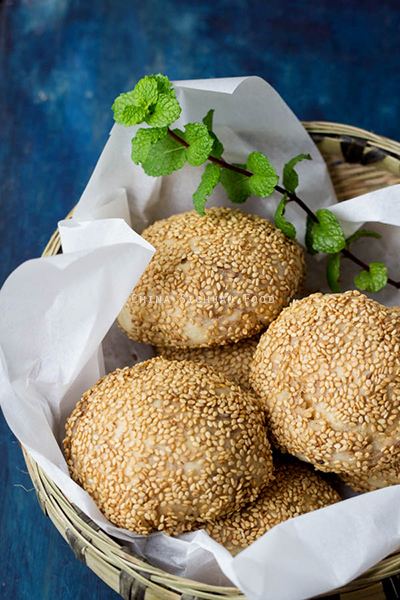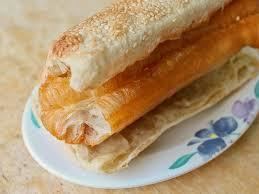Alternative names Huoshao Serving temperature breakfast | Place of origin China | |
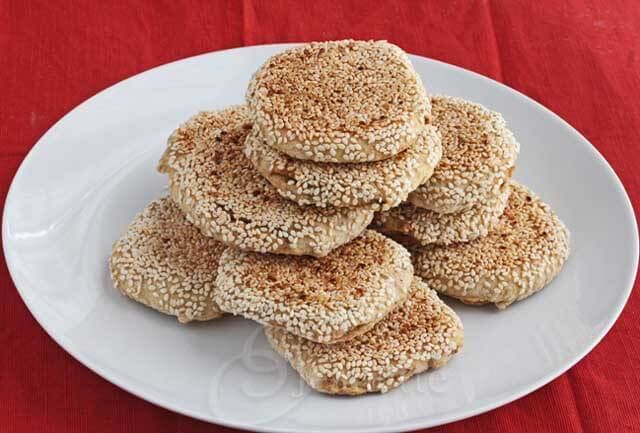 | ||
Similar Youtiao, Scallion pancake, Rou jia mo, Baozi, Jianbing | ||
Shaobing (shāo bǐng), also written shao bing or sao bing, is a type of baked, unleavened, layered flatbread in Chinese cuisine. Shaobing can be made with or without stuffing, and with or without sesame on top. Shaobing contains a variety of stuffings that can be grouped into two main flavors: savory or sweet. Some common stuffings include red bean paste, black sesame paste, stir-fried mung beans with egg and tofu, braised beef, smoked meat, or beef or pork with spices.
Contents
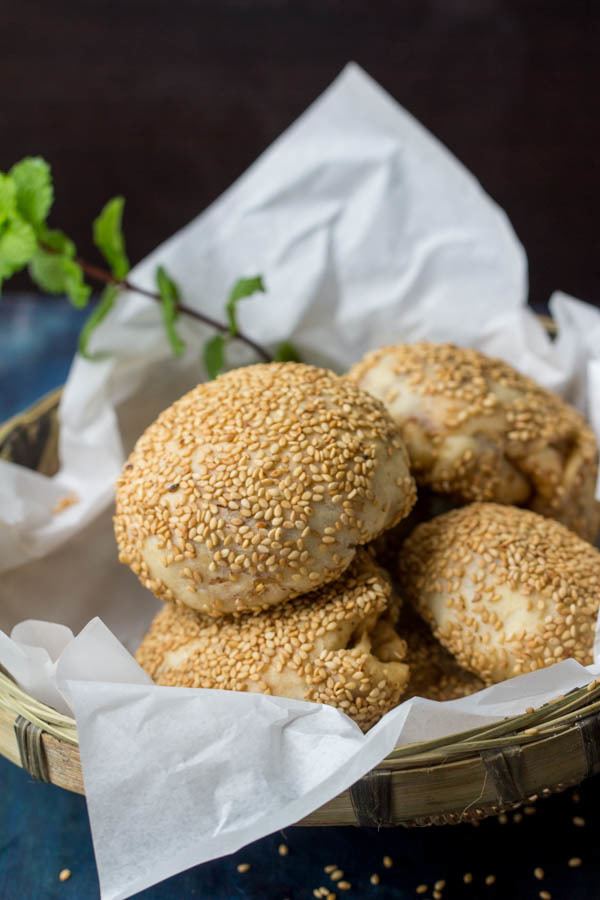
Shaobing is not very well known in southern China, unlike other northern dishes like mantou, baozi, and youtiao. Some unique varieties of shaobing can be completely unheard of in the south. Different types of shaobing are often associated with certain cities and towns.
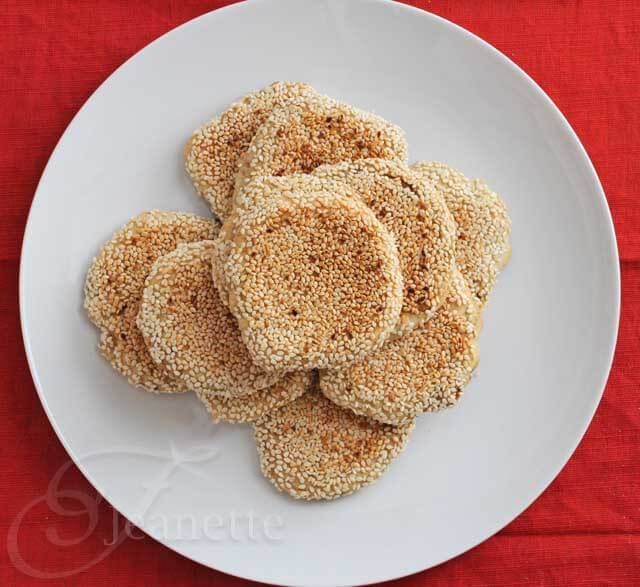
Shaobing is a common breakfast item. Filled shaobing are usually eaten with soy milk and tea, while unfilled ones are usually eaten with steamed eggs or a breakfast meat dish. In the Mandarin cuisine tradition, shaobing are served with hot pot (huǒguō) in winter or soy milk.
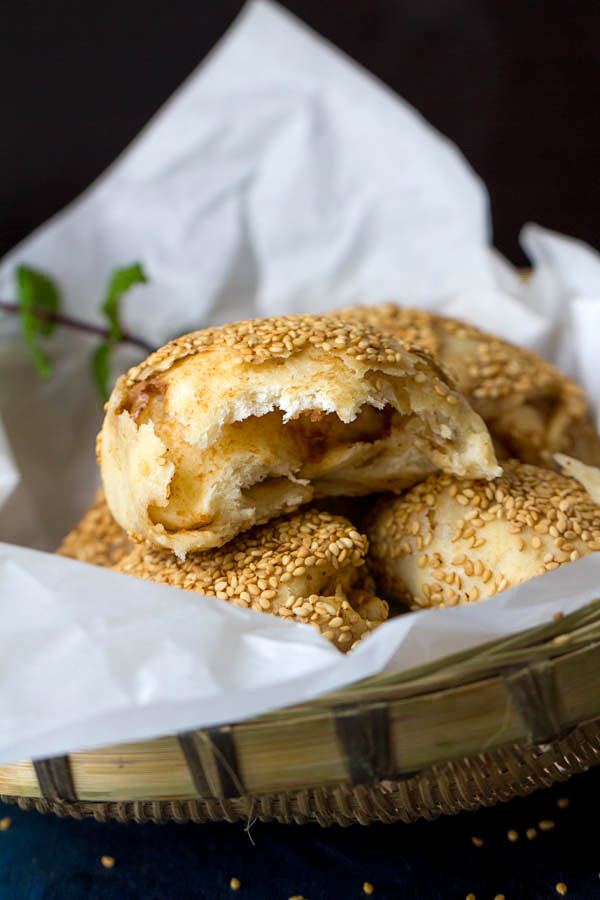
How to make chinese sesame shaobing bread pocket
Miscellaneous
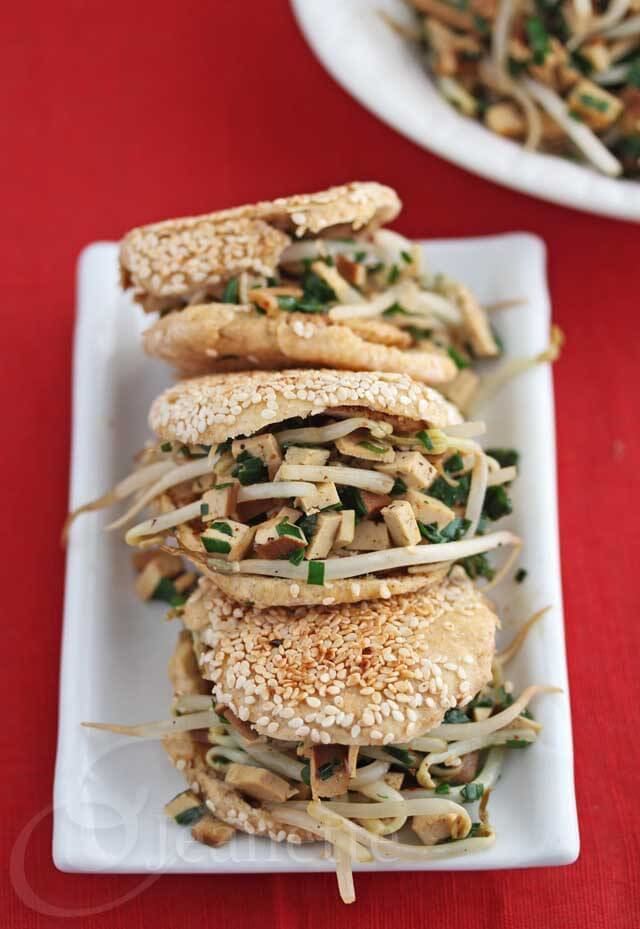
Chinese legends claim that the roasted, flat shaobing was brought back from the Xiyu (the Western Regions, a name for Central Asia) by the Han dynasty General Ban Chao, and that it was originally known as hubing (胡餅, lit. "barbarian pastry"). The shaobing is believed to be descended from the hubing. Shaobing is believed to be related to the Persian and Central Asian naan and the Near Eastern pita. Foreign westerners made and sold sesame cakes in China during the Tang dynasty.
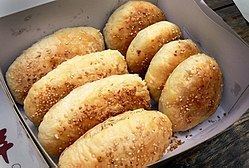
Liu Bowen was one of the most famous scholars of the Ming dynasty. He presented a cryptic lyrical song titled "Shaobing Song" (燒餅歌) to the Zhu Yuanzhang emperor. The song supposedly predicted the future of China.
Image gallery
Taiwanese sesame paste shaobing:
